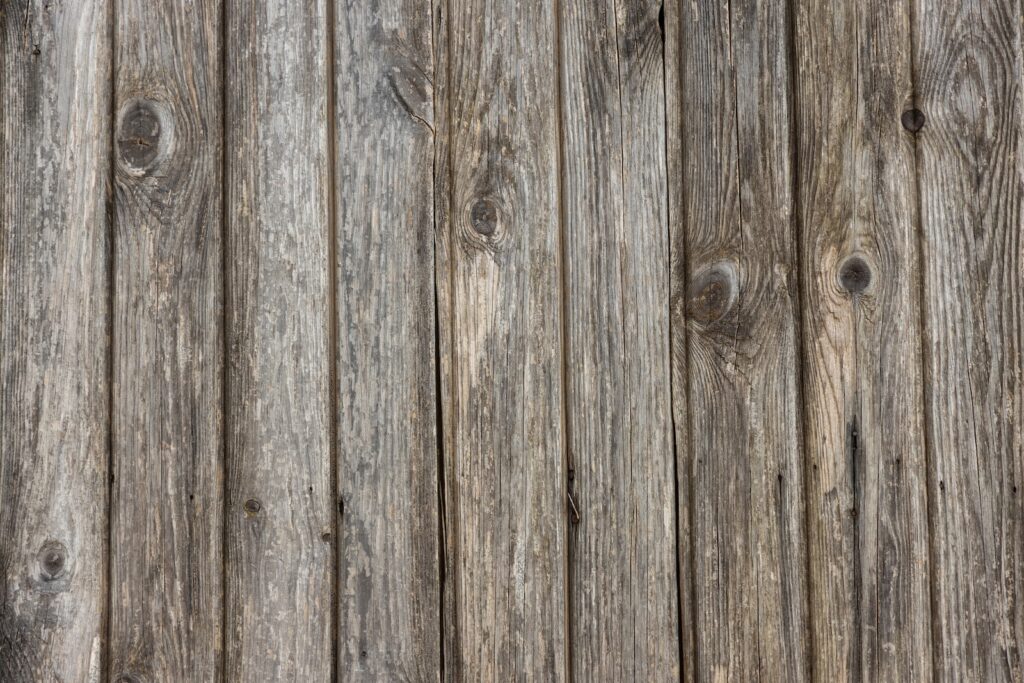Exploring the Different Types of Wood Used in Furniture Making
Furniture making is an art form that has been around for centuries. The type of wood used in furniture making can have a significant impact on the look and feel of the finished product. Different types of wood have different characteristics that make them suitable for different types of furniture.
Softwoods are the most commonly used type of wood in furniture making. Softwoods are typically less expensive than hardwoods and are easier to work with. Common softwoods used in furniture making include pine, fir, and cedar. These woods are lightweight and have a relatively low density, making them ideal for furniture that needs to be moved around frequently.
Hardwoods are more expensive than softwoods and are typically more difficult to work with. However, they are also more durable and have a higher density, making them ideal for furniture that will be used for a long time. Common hardwoods used in furniture making include oak, walnut, and mahogany. These woods are heavier and more durable than softwoods, making them ideal for furniture that will be used for a long time.
Bamboo is a type of wood that is becoming increasingly popular in furniture making. Bamboo is a fast-growing grass that is both lightweight and durable. It is also environmentally friendly, as it is a renewable resource. Bamboo is often used in furniture that is designed to be lightweight and easy to move around.
Finally, engineered wood is a type of wood that is made from a combination of wood fibers and resins. Engineered wood is often used in furniture that needs to be lightweight and durable. It is also often used in furniture that needs to be resistant to moisture and heat.
No matter what type of wood is used in furniture making, it is important to choose the right type for the job. Different types of wood have different characteristics that make them suitable for different types of furniture. By understanding the different types of wood available, furniture makers can ensure that they are using the right type of wood for the job.
The Benefits of Using Sustainable Wood in Home Decor
Sustainable wood is an increasingly popular choice for home decor, as it offers a range of benefits that make it an attractive option for homeowners. Sustainable wood is wood that has been harvested in a way that is environmentally responsible and that does not deplete natural resources. It is often sourced from certified forests, which are managed in a way that ensures the long-term health of the environment.
One of the main benefits of using sustainable wood in home decor is that it is a renewable resource. Sustainable wood is harvested in a way that ensures that the forests from which it is sourced remain healthy and productive. This means that the wood can be used again and again, reducing the need to harvest more wood from the environment.
Another benefit of using sustainable wood in home decor is that it is often more durable than other types of wood. Sustainable wood is harvested in a way that ensures that it is of a higher quality than other types of wood, making it more resistant to wear and tear. This means that it can last for many years, making it a great choice for furniture and other home decor items.
Sustainable wood is also often more aesthetically pleasing than other types of wood. Sustainable wood is harvested in a way that ensures that it has a unique grain and color, making it a great choice for furniture and other home decor items. This means that it can add a unique touch to any room in the home.
Finally, sustainable wood is often more affordable than other types of wood. Sustainable wood is harvested in a way that ensures that it is of a higher quality than other types of wood, making it more cost-effective. This means that homeowners can save money on their home decor while still enjoying the benefits of using sustainable wood.
Overall, sustainable wood is an excellent choice for home decor. It is a renewable resource, it is often more durable than other types of wood, it is aesthetically pleasing, and it is often more affordable than other types of wood. For these reasons, sustainable wood is an excellent choice for any homeowner looking to add a unique touch to their home.
How to Identify Different Types of Wood for Crafting Projects
Crafting projects often require the use of different types of wood. Knowing how to identify the various types of wood can be essential for successful crafting projects. Here are some tips for identifying different types of wood.
1. Look at the color of the wood. Different types of wood have different colors. For example, pine is usually a light yellowish-brown color, while oak is a darker reddish-brown color.
2. Examine the grain of the wood. Different types of wood have different grain patterns. For example, pine has a straight grain, while oak has a more wavy grain.
3. Feel the texture of the wood. Different types of wood have different textures. For example, pine is usually smooth, while oak is usually more coarse.
4. Smell the wood. Different types of wood have different smells. For example, pine has a distinct pine smell, while oak has a more earthy smell.
5. Look for any markings on the wood. Different types of wood have different markings. For example, pine often has knots, while oak often has medullary rays.
By following these tips, you can easily identify different types of wood for your crafting projects. Knowing the type of wood you are working with can help you choose the right tools and techniques for your project.
The Pros and Cons of Different Wood Finishes
Wood finishes are an important part of any woodworking project. They can add beauty and protection to the wood, as well as enhance its natural grain and color. However, there are a variety of wood finishes available, and each has its own advantages and disadvantages. In this article, we will discuss the pros and cons of different wood finishes.
Oil-Based Finishes: Oil-based finishes are popular because they are easy to apply and provide a durable finish. They are also resistant to water and other liquids, making them ideal for outdoor projects. However, oil-based finishes can be difficult to clean and can yellow over time.
Water-Based Finishes: Water-based finishes are becoming increasingly popular because they are easy to apply and provide a clear, natural finish. They are also easy to clean and are less likely to yellow over time. However, water-based finishes are not as durable as oil-based finishes and may require more frequent reapplication.
Varnish: Varnish is a popular choice for woodworking projects because it provides a glossy finish that is resistant to water and other liquids. It is also easy to apply and can be used on both interior and exterior projects. However, varnish can be difficult to repair and can yellow over time.
Stain: Stain is a great way to add color to woodworking projects. It is easy to apply and can be used to create a variety of colors and shades. However, stain can be difficult to remove and can fade over time.
Polyurethane: Polyurethane is a popular choice for woodworking projects because it provides a durable finish that is resistant to water and other liquids. It is also easy to apply and can be used on both interior and exterior projects. However, polyurethane can be difficult to repair and can yellow over time.
These are just a few of the pros and cons of different wood finishes. Ultimately, the best finish for your project will depend on your needs and preferences. Be sure to do your research and choose the finish that best suits your project.
The History of Woodworking and Its Impact on Modern Design
Woodworking has been a part of human history for thousands of years. From the earliest days of civilization, woodworking has been used to create tools, furniture, and other items that have been essential to the development of society. From the ancient Egyptians to the modern day, woodworking has been an integral part of the development of human culture.
The earliest evidence of woodworking dates back to the Neolithic period, when humans began to use stone tools to shape and carve wood. This early form of woodworking was used to create tools, weapons, and other items that were essential to the survival of early humans. As time progressed, woodworking techniques became more sophisticated, allowing for the creation of more complex items such as furniture and decorative items.
The development of woodworking has had a profound impact on modern design. Woodworking has been used to create furniture, cabinetry, and other items that are essential to modern living. Woodworking has also been used to create decorative items such as sculptures and carvings. The use of wood in modern design has allowed for the creation of unique and beautiful pieces that are both functional and aesthetically pleasing.
Woodworking has also been used to create items that are used in the construction of buildings. Woodworking has been used to create beams, posts, and other structural elements that are essential to the construction of buildings. Woodworking has also been used to create decorative elements such as moldings and trim that are used to enhance the look of a building.
The use of woodworking in modern design has allowed for the creation of unique and beautiful pieces that are both functional and aesthetically pleasing. Woodworking has been used to create furniture, cabinetry, and other items that are essential to modern living. Woodworking has also been used to create decorative items such as sculptures and carvings. The use of wood in modern design has allowed for the creation of unique and beautiful pieces that are both functional and aesthetically pleasing.







